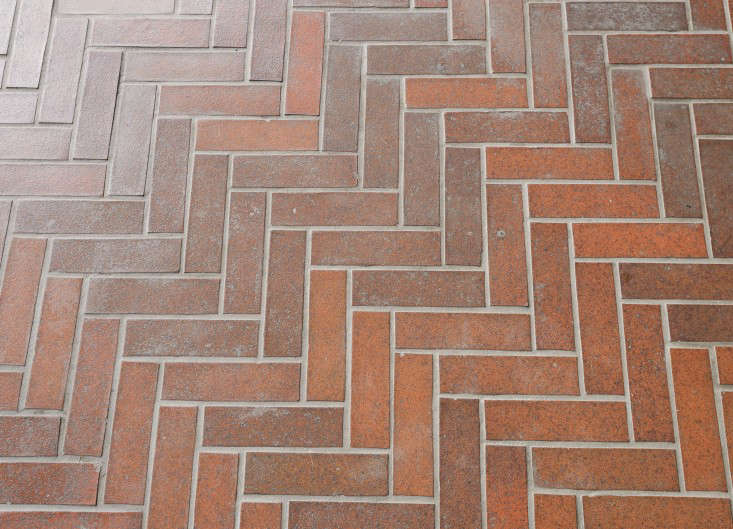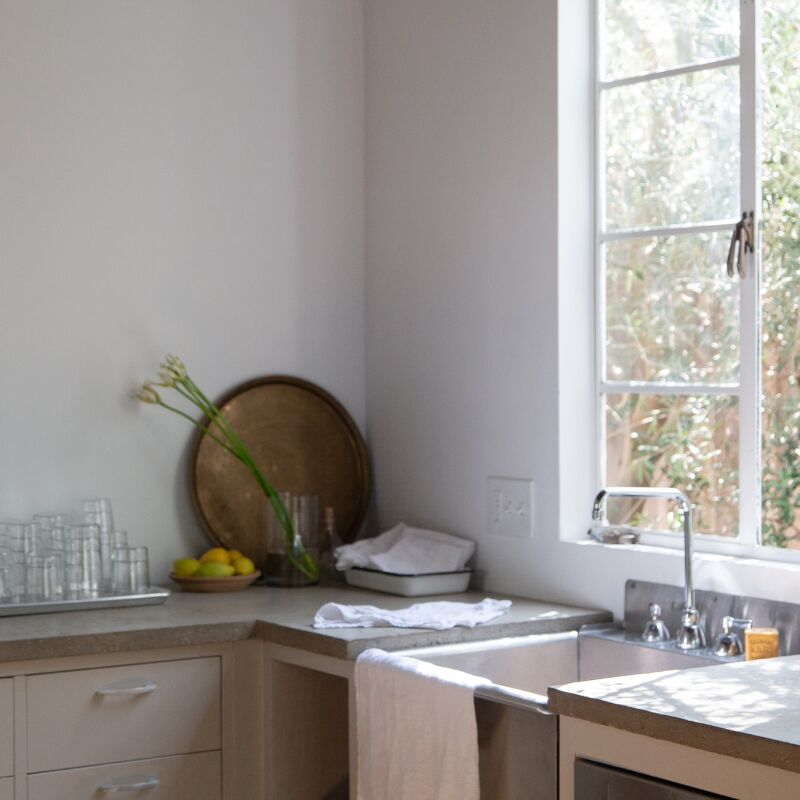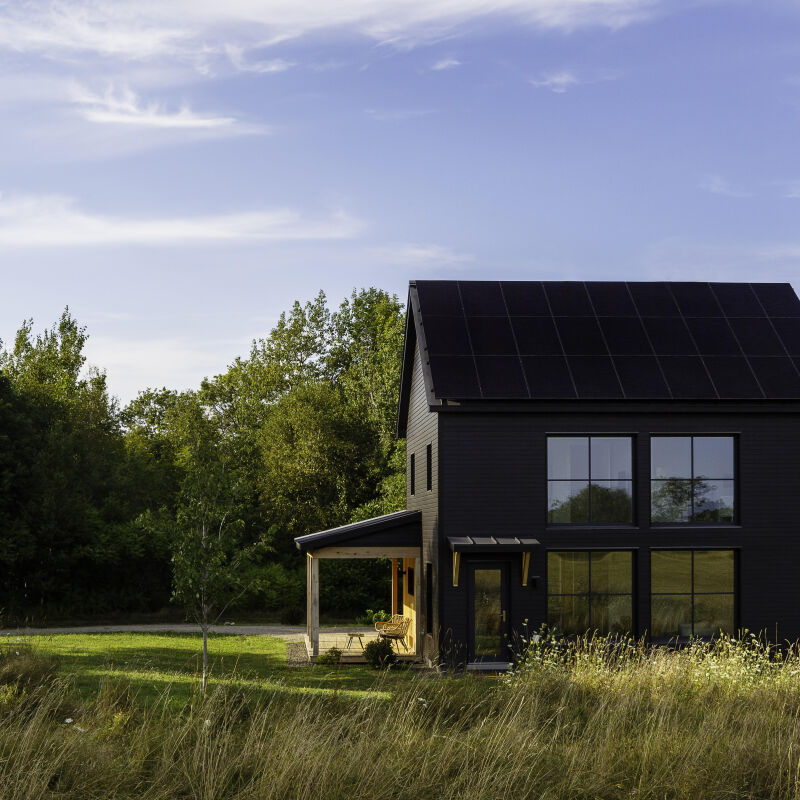Can anyone resist the sensation of walking barefoot on a heated floor? If you’re just embarking on a renovation or building a new house, consider installing radiant heating (also known as underfloor heating), an energy-efficient way to keep warm throughout the cold months. As an architect who has supervised and survived many remodels, I have experienced radiant floor heating in other people’s houses and covet it in my own. Here’s the lowdown on the subject: Read on if you’re ready to rip up your floors in the name of cost-effective, energy-efficient heat.

1. What is radiant floor heating?
Invented by the engineering-savvy ancient Romans, who had slaves fanning wood-burning fires under elevated marble floors, radiant floor heating is an under-the-floor heating system that conducts heat through the floor surface rather than through the air (as in conventional forced-air heating systems).

2. How does radiant floor heating work?
The two most common types of radiant-floor heating systems are electric (heat via electric wires) and hydronic (heat via hot water tubes), both of which are buried underneath the floor. Here’s how the two compare: Electric radiant-floor heating systems are easier and more affordable to install, but more expensive to operate, making them ideal for heating small areas. Hydronic systems are less expensive to operate, so they work well for large floor areas and even entire houses. The caveat is that they come with higher initial costs because they’re more complicated to install and require heated water from a boiler or a water heater. For more on the pros and cons of each system and which might be better suited to you, see Radiant Floor Heating: Electric vs. Hydronic by San Francisco contractor Jeff King of Jeff King & Co., a member of the Remodelista Architect & Designer Directory.

3. What are the pros of radiant floor heating?
Not only does radiant floor heating keep your toes warm, but it ensures that the rest of your body will be kept at a comfortable temperature as well. Waves of infrared radiation rising from the floor warm up the building mass, insuring that heat isn’t lost to surrounding surfaces. In a conventional forced-air heating system, heated air (along with dust and allergens) rises to the ceiling and drops back down as its temperature lowers, making it difficult to keep your toes warm, even if everything above your shoulders is boiling. “We experience pure warmth with radiant floor heating. As we heat up from our feet, we stay warmer at a lower temperature,” says contractor Jeff King. Delivering heat and comfort efficiently: what’s not to love?


4. What are the cons of radiant floor heating?
A radiant-floor heating system is difficult to install after a floor is already in place, and it’s really only feasible if you’re prepared to remove your floors or are building a new house. While there are new products, such as electric radiant pads, that can be installed between the joists underneath your floor, they require access from below via a basement or crawl space. Lack of one or the other is a deal breaker.


5. Which flooring materials work best with radiant heat?
While all flooring materials can be used with heated floors, some work more effectively than others. Some general rules of thumb: Materials with thermal-conducting properties (stone, concrete, ceramic tile) conduct, transfer, and hold heat effectively while withstanding high temperatures. Solid wood floors can shrink and expand with fluctuating temperatures leaving unsightly gaps. If you’re in love with wood floors, however, an experienced wood-floor installer will be able to manage potential shrinkage. Vinyl and plastic laminate floors also come with temperature limitations, while carpets have insulating properties that potentially reduce heat flow.

Consider also, for the cold weather: Remodeling 101: Towel Warmers.
Ready to rip up your floors and install radiant floor heating? Read on in these other Remodeling 101 flooring features:
- Remodeling 101: A Guide to the Only 6 Wood Flooring Styles You Need to Know
- Remodeling 101: Painted Plywood–The Best Budget Wood Floor
- Remodeling 101: Easy Whitewashed Scandi Floors
N.B.: This post is an update; the original story ran on November 14, 2013.
Frequently asked questions
What is radiant floor heating?
Radiant floor heating, also known as under-floor heating, is a heating system that uses electric cables or water-filled pipes installed beneath the floor surface to radiate heat upward, warming the room from the floor up.
How does radiant floor heating work?
Radiant floor heating works by running warm water or electricity through the pipes or cables installed beneath the floor. The heat is then transferred to the floor, which radiates warmth upward, creating a comfortable and even heat distribution throughout the room.
What are the benefits of radiant floor heating?
Radiant floor heating offers several benefits. It provides consistent and even heating, eliminates cold spots, and allows for better control of room temperature. It also operates quietly, eliminates the need for bulky radiators or vents, and can be more energy-efficient compared to traditional heating systems.
Can radiant floor heating be installed in existing homes?
Radiant floor heating can be installed in existing homes, but the feasibility depends on factors such as the type of flooring, available access to the subfloor, and the height of the floor. Retrofitting existing homes may require additional considerations and modifications.
What types of flooring are suitable for radiant floor heating?
Radiant floor heating is compatible with a variety of flooring materials, including tile, stone, concrete, laminate, and engineered wood. These materials conduct and retain heat effectively. However, it is important to consult with the radiant heating system manufacturer or a professional installer to ensure the specific flooring type is suitable for use with the system.
Is radiant floor heating energy-efficient?
Radiant floor heating can be energy-efficient when properly installed and controlled. It allows for zone heating, meaning you can heat specific areas or rooms rather than the entire house, potentially saving energy. Additionally, radiant heat transfers warmth directly to the floor and objects, reducing heat loss and improving efficiency.
Can radiant floor heating be used as the primary heating source?
Yes, radiant floor heating can serve as the primary heating source for a home. However, it is important to consider factors such as the climate, insulation levels, and the size of the area to be heated. In some cases, supplemental heating may be necessary, particularly in extremely cold climates or large spaces.




Have a Question or Comment About This Post?
Join the conversation